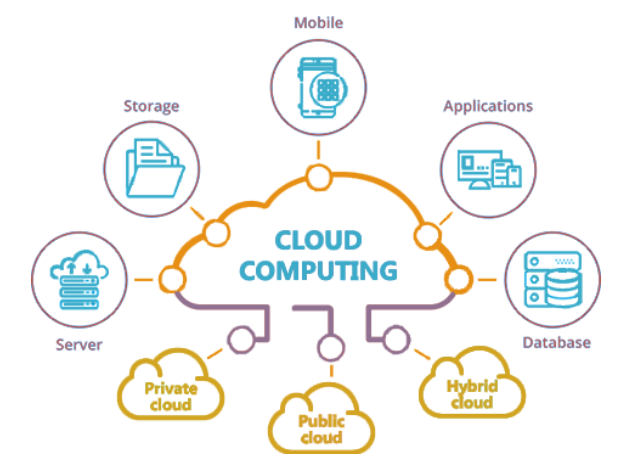The first thing you need to understand about the cloud is that it is not always part of the body.
The cloud is a network of servers, and each server has a unique feature. Some servers use computer capabilities to run applications or to “provide network company.” For example, Microsoft previously had Microsoft Office applications on PC or Laptop for documents such as name, etc. those documents Anytime, Anywhere. For example, when you take a photo to your smartphone, it saves the memory of your SmartPhone’s internal memory. However, when you upload photos to Instagram, you upload them to the cloud.
How does Cloud Operating benefit you?
Working in the clouds allows your business to run smoothly, efficiently and cost-effectively. If your business desires get the approval of other services, they can grow rapidly within the clouds. On the other hand, if he wishes to reduce or eliminate resources, he can accomplish that without much effort. As a result of this growth, the stretch of the clouds is often compared to that of a rubber band.
Most of the Internet is dedicated to the acceptance of IT content based on material posted through the World Wide Web. IT resources allocated to cloud environments, on the other hand, are dedicated to providing low backlink processing skills and customer-based acceptance of those capabilities. Another major difference is that it does not matter if the clouds are web-based even if we think they are usually based on internet and technology agreements. Needs protocols and strategies allow computer systems to communicate with individuals in a predefined and supported manner. The cloud can be based entirely on the application of any principles that allow remote access to its IT assets.
Going Further
Cloud computing is usually defined by one of the methods.
It is either based entirely on the cloud, or on the carrier provided by the cloud.
Based on the location of the cloud, we are able to classify the cloud as public, private, multimedia, network cloud.
Based on the cloud provider, we are talking about both:
IaaS (Infrastructure-as-a-Service), PaaS (Platform-as-a-Service), SaaS (Software-as-a-Service), or, Storage, Database, Information, Process, Application, Integration, Security, Management, Testing-as a provider.
If the cloud provides a development platform, and this includes an operating system, the application language, website, and web server, the model is called Platform-as-a-Service (PaaS), its possible examples being Google App Engine, Microsoft. Azure, Salesforce. A functional machine can be constantly upgraded and upgraded with PaaS, resources can be accessed from a variety of resources, and editing can be done in groups (distributed locally).
Software-as-a-Service (SaaS), in the end, is approaching where customers are able to access multiple software programs in the payment process through basic deployment. As bad as buying certified packages, they are usually very expensive. I would like to end on the note that cloud computing is the future and I think it is only forward from here on.
Start blogging about your favorite technologies, reach more readers and earn rewards!
Join other developers and claim your FAUN account now!

Rahul Sunov
Student, VIT Chennai
@rahulsunovUser Popularity
29
Influence
2k
Total Hits
1
Posts


















Only registered users can post comments. Please, login or signup.